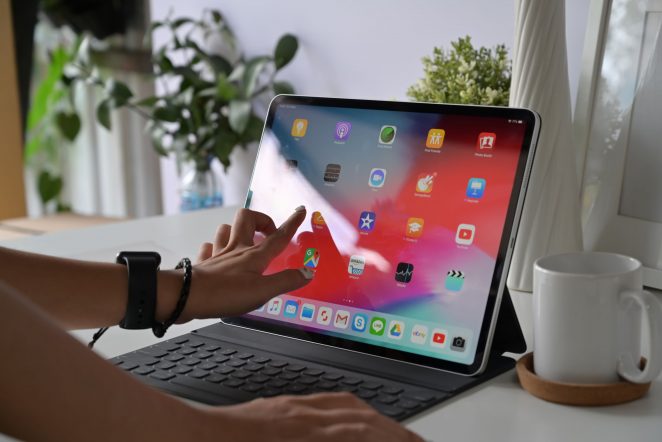According to Deft, one-third of group benefit administrators reported employee turnover rates of 11% or higher in 2019. These rates are more pronounced—and more significant—among larger employers. This, coupled with the lack of qualified applicants in the talent pool, is putting increased pressure on larger firms to increase their total compensation and benefit packages. With Gen Z employees entering the workforce and baby boomers making their way to retirement, it’s important for employers to consider benefit packages that will not just suffice, but entice their full generational population.
When you begin constructing your health benefits package for the coming year, consider including these value-add options:
It’s all about wellness.
The trend of integrating wellness into health plans was spurred by employers’ interest in cutting medical costs and improving productivity.
If your employees believe your company cares about their health, they are more likely to feel valued and appreciated. A culture of wellness will also help attract Gen Z’s who are looking for a job that isn’t merely a job.
A comprehensive wellness program may include an array of products, programs and tools that encourage people to adopt healthier lifestyles. They range from discounts on fitness equipment and gym memberships to health coaching and benefit designs that reward employees for making healthy lifestyle choices.
So, not only does incorporating a wellness program motivate your employees, but it also could affect your bottom line in the long run.
Health care consumerism is a must.
If you’ve already adopted the trend toward higher deductible health plans with HSAs, your employees are likely becoming more price conscious, seeking ways to spend their health care dollars wisely. Just as they would with any other major purchase, they want the ability to shop for X-rays, surgeries and lab tests. And rightly so. The price for the same test or procedure could double or triple depending on where it’s done.
Health insurance has joined the digital age.
Smart phones have changed the way employees track their claims and the way health care is delivered. Things as common as the standard ID card are becoming irrelevant as electronic versions are taking over.
Today, health insurance technology goes well beyond an electronic version of a member ID card available on the go.
An added bonus with a big impact, find a plan that covers virtual visits—an easy and effective alternative that allows your employees to speak with a doctor anytime and anywhere they need through the use of their phone, computer or tablet.
Your best bet for attracting and retaining top talent is to help enrich your employees lives, through wellness, cost savings and efficiency in your health care benefits package offerings.


